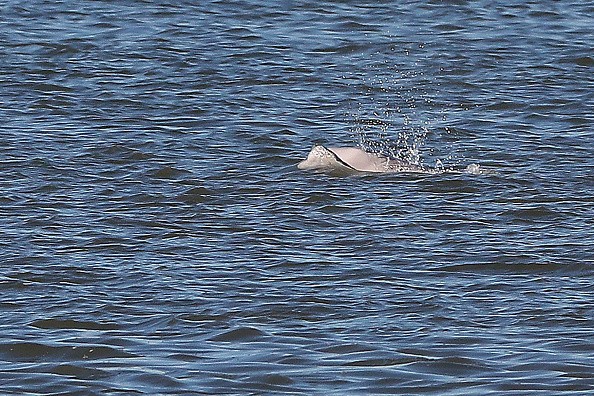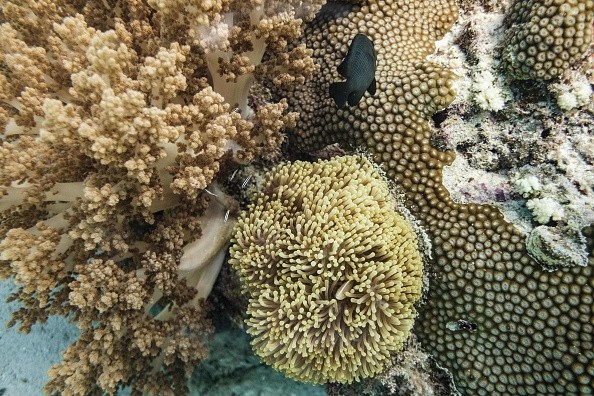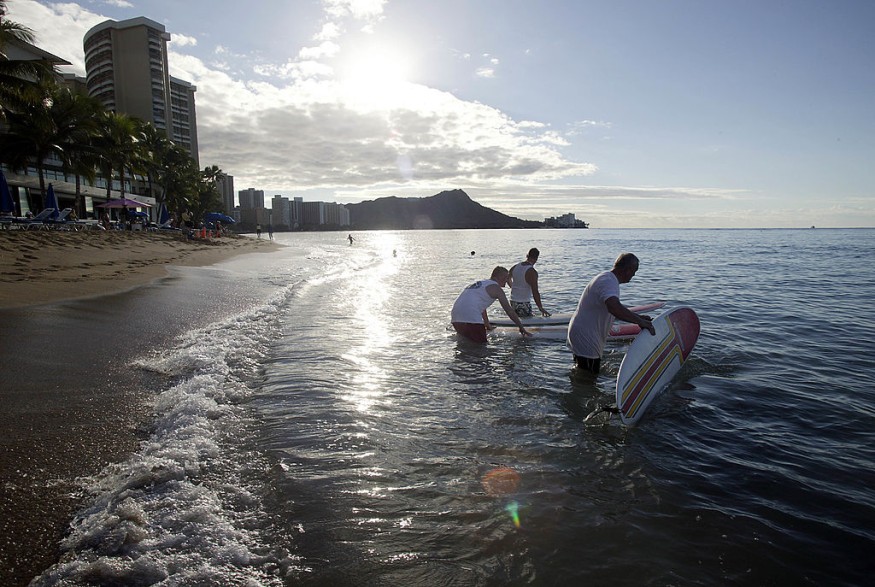As negotiators gather at the United Nations headquarters in New York this week to hammer out a new treaty on the oceans, scientists and environmentalists have warned that the world has a "once in a lifetime" chance to safeguard the high seas from exploitation.

The deal, which will provide a legal framework to safeguard biodiversity and control the high seas, has been dubbed "the most significant ocean preservation accord in four decades" by one expert.
Urgency
Prof Alex Rogers, science director of Rev Ocean, an ocean research NGO, believes it must occur immediately. They continued to witness industrialization in places outside national borders, such as deep-sea fishing and maybe deep-sea mining.

The exclusive economic zones (EEZs), which stretch around 200 nautical miles from the shorelines of various governments, cover 64 percent of the ocean's surface area. The high seas are home to a diverse range of habitats and animals, many of which are understudied and underrecorded. The expanding reach of transport boats, seabed mining, and new activities such as "bioprospecting" of marine animals has increased the danger of exploiting the high seas and their biodiversity.
The 30x30 alliance, which debuted in January 2021 and seeks to safeguard 30% of the planet's land and oceans by 2030, has gathered 50 countries as members. However, these much-touted assurances will have little legal standing on the high seas without a deal.
Status Quo
At the moment, all countries have a limited right to sail, fish, and conduct a scientific studies on the high seas. This marine region is just 1.2 percent protected.
Over the last two or three decades, according to Jean-Baptiste Jouffray, a researcher at Stockholm University's Stockholm Resilience Centre who has assessed the growth in human pressures on the marine environment, there has been a "blue acceleration," or race for resources. "There's a race for the ocean in all of these diverse areas, but there's no overall picture."
It appears to be busier than it has ever been. Since 1982, when Unclos [the United Nations Convention on the Law of the Sea] was signed, shipping has surged by 1,600%. More than 55 percent of the ocean is fished, and industrial fishing takes more and farther from shore. Offshore oil and gas are gaining popularity. There's also the threat of deep-sea mining.
Various Studies
McCauley helped write a study for the Pew Charitable Trusts highlighting ten high-seas biodiversity hotspots that might benefit from conservation. The Costa Rica Dome - nutrient-rich seas that attract yellowfin tuna, migratory dolphins, endangered blue whales, and leatherback sea turtles - and the Emperor Seamount chain, a very biodiverse sequence of seamounts that arcs north-west of the Hawaiian islands into Russia.
While a patchwork of international bodies and treaties manage resources and human activity in areas beyond national jurisdiction - such as fishing, whaling, shipping, and seabed mining - the mandates of these bodies and treaties vary greatly, and their jurisdictions frequently overlap, according to the paper. According to the study, this piecemeal approach "leads to a deterioration of the ecosystem and its resources." It also makes establishing marine protected zones difficult from a legal standpoint.
After decades of debates and preparation, the world now has a once-in-a-generation chance to develop genuine protections for an ecosystem that sustains life as we know it, according to Peggy Kalas of the High Seas Alliance.
On the other hand, NGOs voiced worry about being shut out of this week's talks after the UN local delegations and international organizations' access owing to Covid.
According to Will McCallum, head of oceans at Greenpeace, it created a troubling precedent, which has long advocated for a network of ocean sanctuaries. These talks are much too important to be ignored; the UN should reconsider its decision and enable civil society to engage in a safe and meaningful way.
Previous Ruling

On December 24, 2017, the United Nations General Assembly decided to launch a multi-year process to establish a convention on "the protection and sustainable use of marine biological diversity in regions outside state authority."
Three of the four scheduled meetings have already taken place. The fourth and final set, initially slated for March 2020 but postponed due to Covid, will now take place at the United Nations headquarters in New York from March 7 to 18.
The proposed treaty covers four main areas: marine genetic resources, area-based management measures, such as marine protected areas, environmental impact assessments, capacity building, and marine technology transfer.
Worldwide Initiative
More than 100 nations, including the UK and 27 EU members, agreed last month in Brest, France, to establish a solid and comprehensive UN high seas treaty, providing a huge political boost for the discussions.
Read also: Gloom Reality: Even the Most Daring Technologies Can No Longer Reverse Impacts of Climate Change
For similar news, don't forget to follow Nature World News!
© 2025 NatureWorldNews.com All rights reserved. Do not reproduce without permission.





